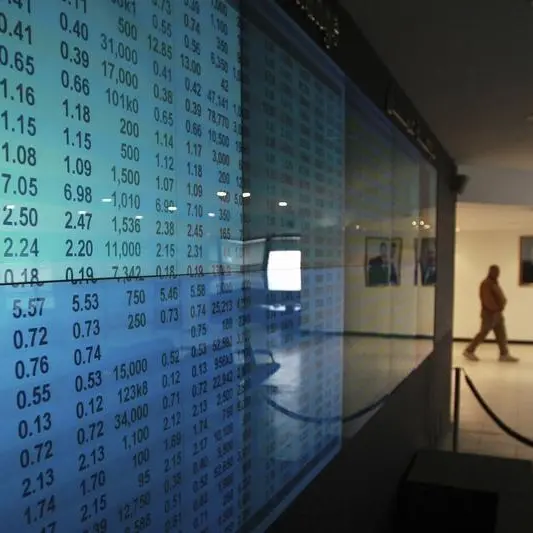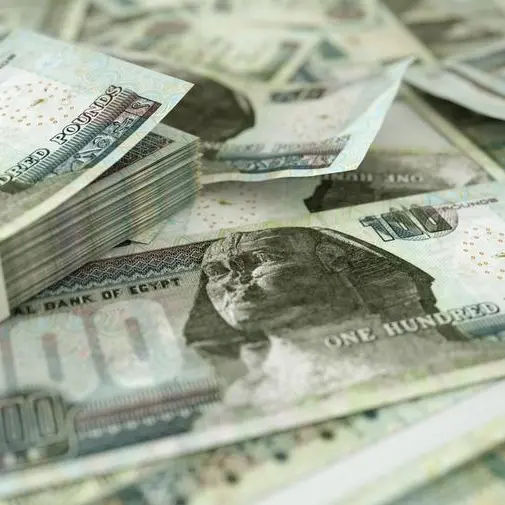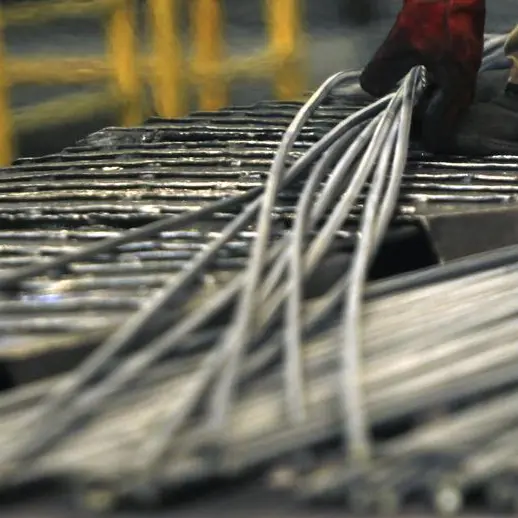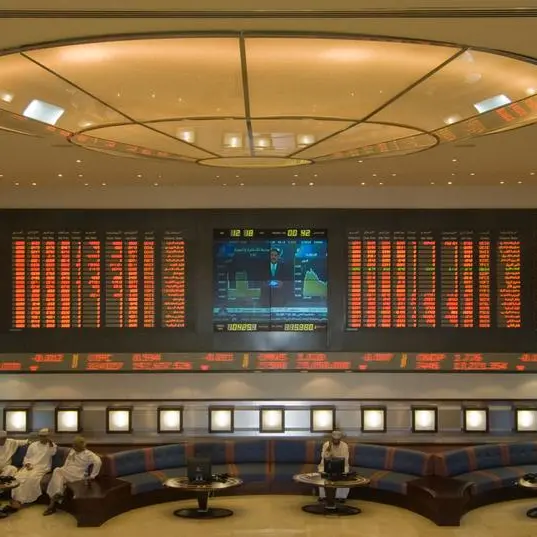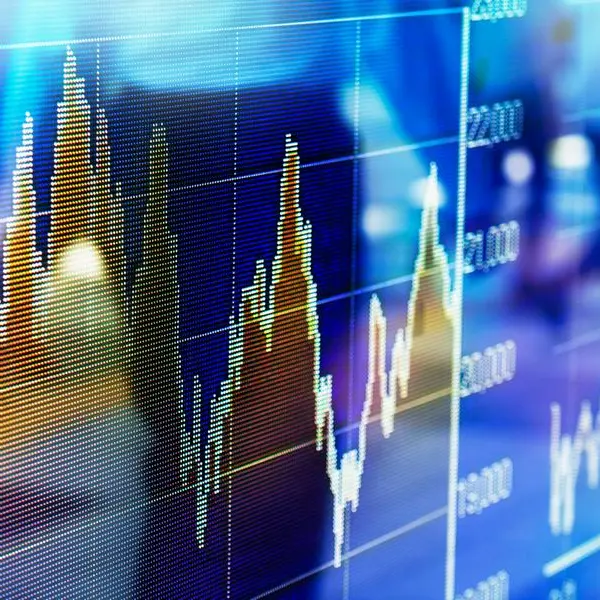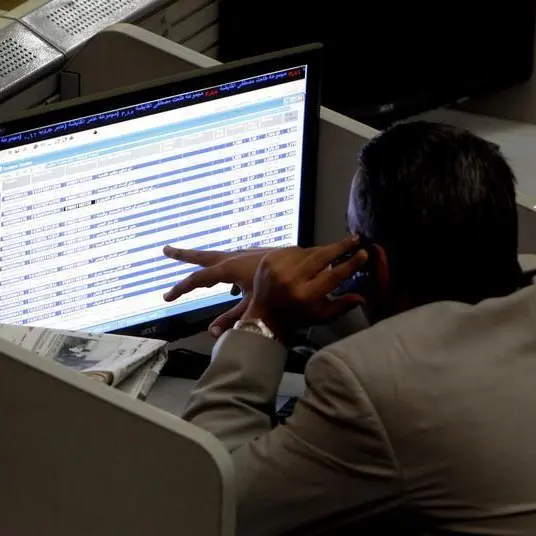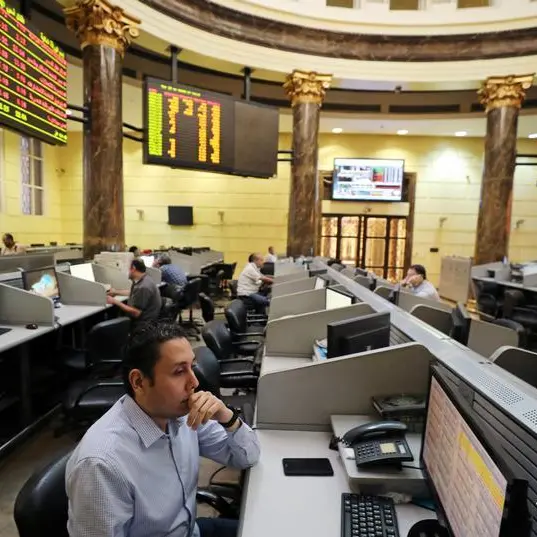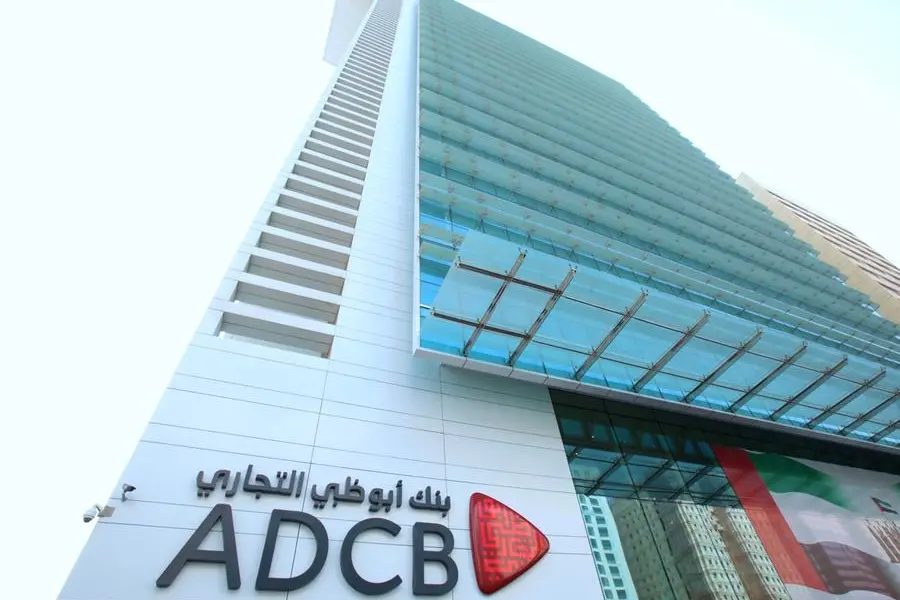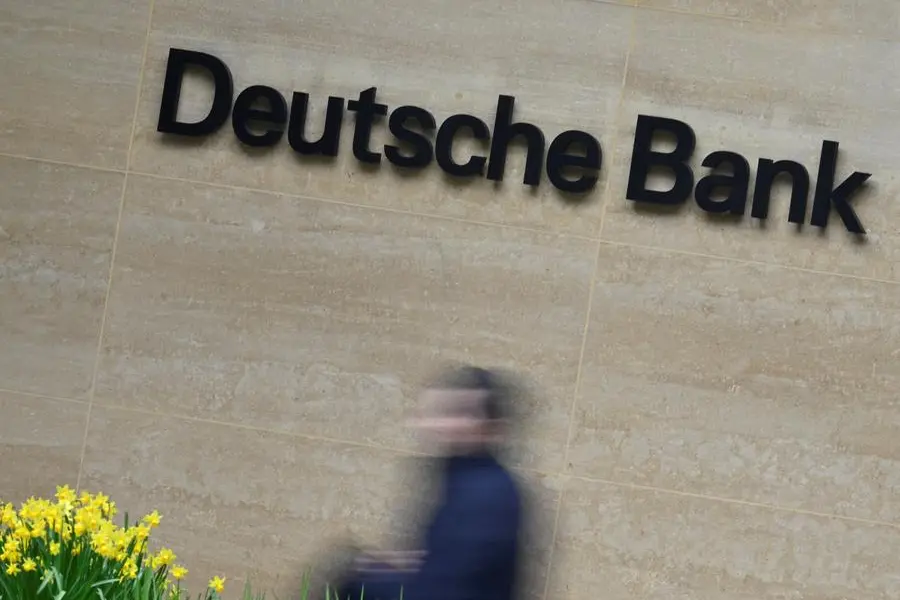The second quarter of 2021 has just started but given that the markets have seen so much intense activity, we can already have a look back on what has happened globally and in our region.
The backdrop is simple. One year after the world went into lockdown, it is time for good news. The recovery is spreading at an impressive pace, with a clear epicenter in the US. Although the ink on US President Joe Biden’s 1.9 trillion stimulus bill is barely dry, discussions have started for a second one on infrastructure.
March activity readings confirm a robust recovery in manufacturing sectors everywhere – services are resilient, and massive amounts of excess savings are just waiting for more normal conditions in order to be spent.
Major central banks express almost every day their continuous support as well as their tolerance towards inflation. In such a context, markets display a clear “risk-on” picture. Inflation expectations and interest rates are on the rise, which weighs on the performance of defensive assets.
As we write, so far in 2021, gold is down -8 percent, and all the segments of fixed income are in the red: from an unusual -5 percent return from government bonds to a more or less flat performance for the riskiest high yielding bonds. By contrast, cyclical markets are firmly positive. Global REITS, heavy on commercial real estate, lead with a 9 percent gain. Developed market stocks follow closely, led by the US at all-time highs.
The sector ranking is unambiguous: energy, financials, industrials, mining all enjoy double digit returns, while consumer staples, healthcare or utilities are barely up.
Emerging markets show less euphoria, with the MSCI EM up only 3.4 percent so far. The largest of them, China, is unchanged this year. The reason is that the sequence of crisis and recovery there has been very different from anywhere else: their economic rebound started a year ago, and only accelerated as they were producing at full capacity all the goods that the rest of the world was buying. China didn’t even experience a recession in 2020.
Consequence: their growth is now decelerating, with some elements of policy support being already removed, while the rest of the world is just about to enjoy the steepest phase of the recovery, turbocharged by ever increased stimulus. Other large components of the emerging world are also still struggling with the second wave of the virus, such as Brazil or India.
There is, however, a brilliant exception within the emerging complex. The MSCI GCC is up 15 percent so far in 2021, outperforming all other regions. Saudi Arabia and the UAE are the best contributors, with respective gains of 18 percent and 15 percent.
There are several reasons for this outperformance.
Of course, the sector composition matters. While the direct weight of energy is “only” 6 percent of the MSCI GCC, the underlying economies are sensitive to oil prices, which are sharply up. Financials, and their 56 percent weight, benefit from the recovery but also from the steeper yield curve. They are well capitalized and pay rich dividends. Finally, rate sensitive sectors such as consumer staples, health care or utilities cumulate less than 5 percent of the Index, while materials, for example, are three times heavier.
Sectors are, however, not everything, and there are additional reasons which favor the UAE in particular. The first one is a remarkable handling of the pandemic. Containing the virus and deploying effective vaccination programs has not been a given globally. Markets are taking note.
The outperformance of the UAE reflects a superior crisis management in the same way that the US and the UK outperform the Eurozone where the rollouts have been erratic.
This is not just a one-off factor. For the medium-term, the country is without a doubt a “reopening play” and has already started to welcome international visitors for months, for example.
Maybe more importantly, for the long-term, this remarkable response is another milestone on the global scene: the international reputation of the UAE as a wonderful place to live, work and invest has been boosted further, at a time when the world realizes that technology allows to work from anywhere, and when new visas and reforms are accompanying this structural change.
Back to financial considerations, UAE stocks also show a rare feature: an attractive valuation. The UAE is not only on the right side of the current “growth to value” rotation trade, but long-term expected returns, be it dividends or capital appreciation, are consequent and competitive.
With regards to global asset allocation, we remain reasonably constructive and overweight on stocks in both developed and emerging regions. The UAE is our top pick in the GCC: cyclical exposure, long-term secular drivers, and accessible valuations. The idea here is, of course, not to take profits despite the great performance of 2021. However, this exposure should not be oversized: diversification remains a golden rule, and it will still take time for the world to discover the virtues of our regional stock markets. In the meantime, limited liquidity means that volatility will remain elevated.
We wish you and your families a blessed Holy Month of Ramadan. Stay safe.
© Opinion 2021
Any opinions expressed in this article are the author’s own
Disclaimer: This article is provided for informational purposes only. The content does not provide tax, legal or investment advice or opinion regarding the suitability, value or profitability of any particular security, portfolio or investment strategy. Read our full disclaimer policy here.

